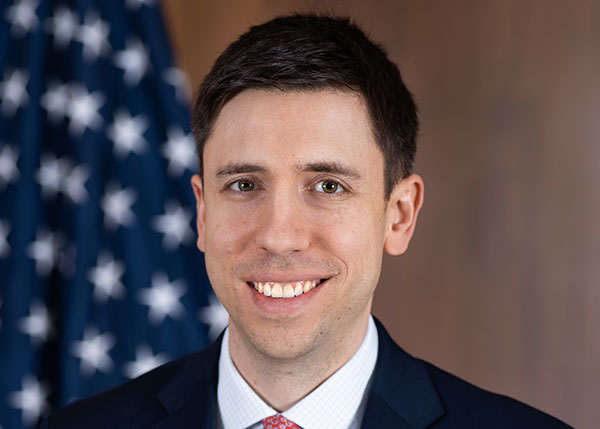FDIC official warns about banking regulators tackling too much
The vice chairman of the Federal Deposit Insurance Corporation (FDIC) says that Federal agencies that regulate banks are “trying to do too much all at the same time” and need to better appreciate how the combined costs of all their proposals could play out for the economy. FDIC Vice Chairman Travis Hill expressed his positions and recommendations in a speech at the Cato Institute in Washington, D.C.
Hill said that if all of the new proposals from various agencies were actually put into effect the result would be higher prices for consumers and less availability of products and services.

The proposals Hill was discussing ranged from new capital rules for banks with more than $100 billion in assets to changes in policy regarding bank mergers. He also criticized proposals to eliminate differences in rules and regulations based on the different sizes of banks.
“Overall, industry conditions are encouraging, but significant uncertainty remains,” Hill said. “High rates may persist and continue to pressure the industry and if rates do fall the cause might be that an economic downturn along with deteriorating credit quality has finally arrived.”
Hill noted that is has been about six months since the high-profile failure of Silicon Valley Bank and the brief banking turmoil that followed. He said that since then, banking conditions have stabilized but remain somewhat fragile.
“In the second quarter, deposits decreased for a fifth consecutive quarter, but outflows have moderated following record-setting declines earlier this year,” Hill said. “Money market fund assets continue to set all-time highs at the same time that total bank deposits continue to fall, further pressuring deposit rates.”
Hill expressed a worry that an overreaction is underway on the part of agencies that regulate banks, and that things are moving too quickly to impose a long list of new rules and expectations. He noted that in late August, the FDIC Board approved several items related to large banks.
Hill said he would have done some things differently but does support the objective of ensuring that, if a large bank fails, there is a pool of resources that will always be available to help reduce both the cost that is spread across the industry and the risk to taxpayers.
He also discussed bank merger policy, a topic that has been under consideration at the FDIC for the past couple years.
“If we reopen merger policy, I encourage regulators to keep a few principles in mind,” Hill said. “First, the U.S. banking sector and financial services industry more broadly are highly competitive. While the total number of banks in the U.S. has shrunk considerably in recent decades, the U.S. still has more depository institutions than anywhere in the world. Banks and nonbanks are also no longer bound by geographical limits, as any bank with a website or a phone app can offer products to virtually any customer with a computer or a smartphone.”
Hill pointed out that while not all banks compete nationwide, all banks in effect compete with those that do. He said this is a notable contrast from when the bank merger framework was put in place decades ago, when banking was generally a much more local business and banks were heavily restricted in their ability to operate in different geographies.
“We should also be mindful that it is helpful for banks that are struggling in this rate environment to seek partners, and it is much, much better for a struggling institution to be purchased on an open bank basis rather than bought from the FDIC out of receivership,” Hill said. “With an industry adjusting to high rates, and possible credit problems around the corner, this feels like a bad time for a crusade against mergers.”